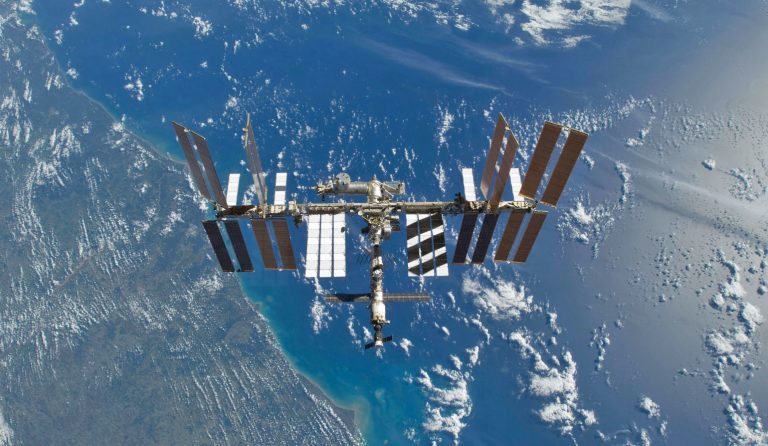
Feb 12, 2018
WASHINGTON — The Trump administration wants to turn the International Space Station into a kind of orbiting real-estate venture run not by the government, but by private industry.
The White House plans to stop funding for the station after 2024, ending direct federal support of the orbiting laboratory. But it does not intend to abandon the orbiting laboratory altogether and is working on a transition plan that could turn the station over to the private sector, according to an internal NASA document obtained by The Washington Post.
“The decision to end direct federal support for the ISS in 2025 does not imply that the platform itself will be deorbited at that time — it is possible that industry could continue to operate certain elements or capabilities of the ISS as part of a future commercial platform,” the document states. “NASA will expand international and commercial partnerships over the next seven years in order to ensure continued human access to and presence in low Earth orbit.”
In its budget request to be released Monday, the administration would request $150 million in the fiscal year 2019, with more in additional years, “to enable the development and maturation of commercial entities and capabilities which will ensure that commercial successors to the ISS-potentially including elements of the ISS-are operational when they are needed.”
The plan to privatize the station is likely to run into a wall of opposition, especially since the United States has spent nearly $100 billion to build and operate it. Last week, Sen. Ted Cruz, R-Texas, said he hoped recent reports of NASA’s decision to end funding of the station “prove as unfounded as Bigfoot.” He said the decision was the result of “numbskulls” at the Office of Management and Budget.
“As a fiscal conservative, you know one of the dumbest things you can do is cancel programs after billions in investment when there is still serious usable life ahead,” he said.
When asked about the possibility of a public-private partnership, he said, “I think all of us are open to reasonable proposals that are cost-effective and that are utilizing the investments we made in a way that maximize their effectiveness.”
NASA is currently studying whether the life of the station could be extended to 2028, or beyond, and he said any decision should hinge on that report.
But some questioned who would want to take over the station.
“The ISS is built for science and human exploration; it’s not built for profit-seeking,” said Andrew Rush, the chief executive of Made In Space, a company that uses 3-D printing to manufacture objects on the space station.
Frank Slazer, the vice president of space systems for the Aerospace Industries Association, said the plan also could prove sticky with the station’s international partners.
“It will be very hard to turn ISS into a truly commercial outpost because of the international agreements that the United States is involved in,” he said. “It’s inherently always going to be an international construct that requires U.S. government involvement and multinational cooperation.”
Boeing currently operates the station for NASA at a cost of $3 billion to $4 billion annually. Last month, as reports circulated about NASA pulling the plug on the station, Mark Mulqueen, Boeing’s space-station program manager, said “walking away from the International Space Station now would be a mistake, threatening American leadership and hurting the commercial market as well as the scientific community.”










